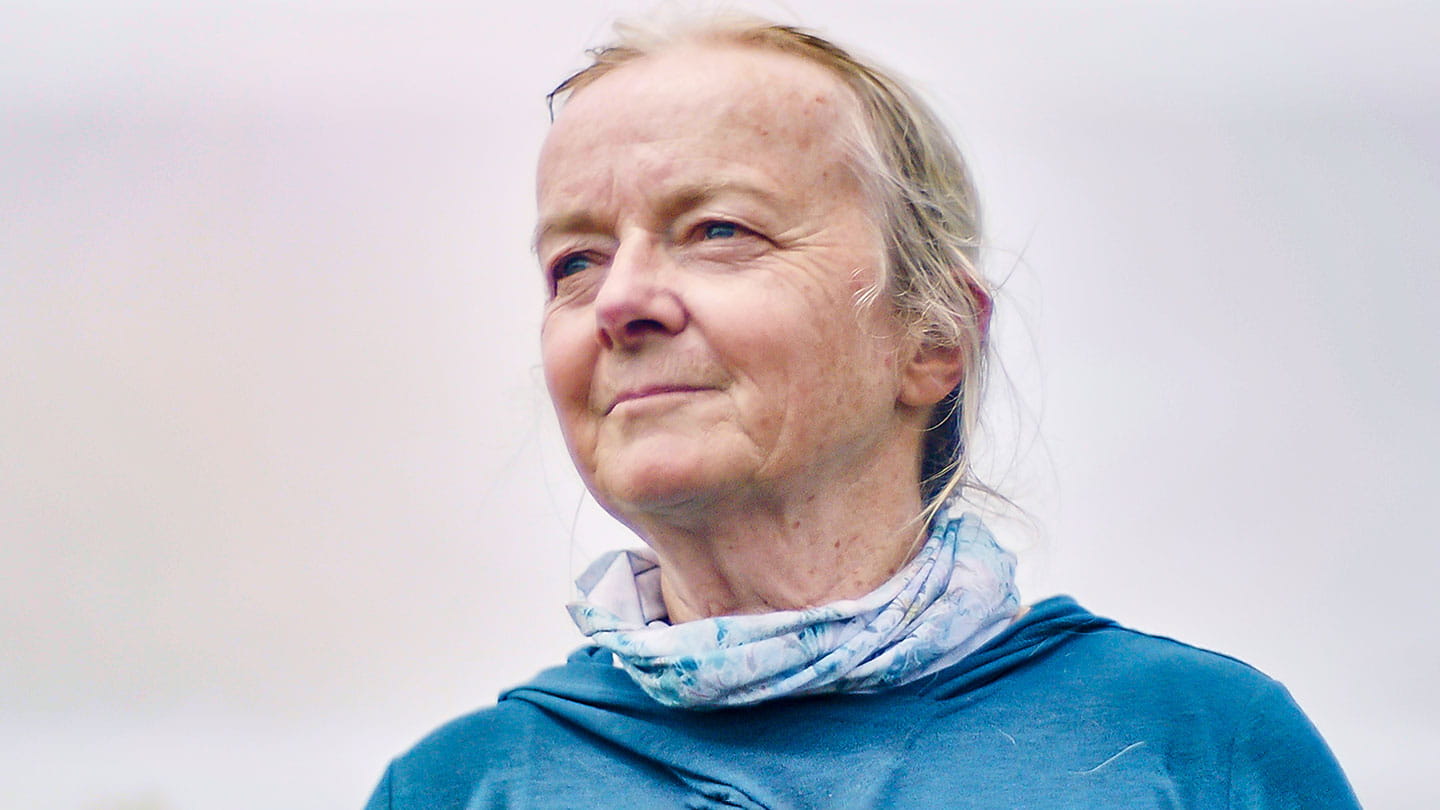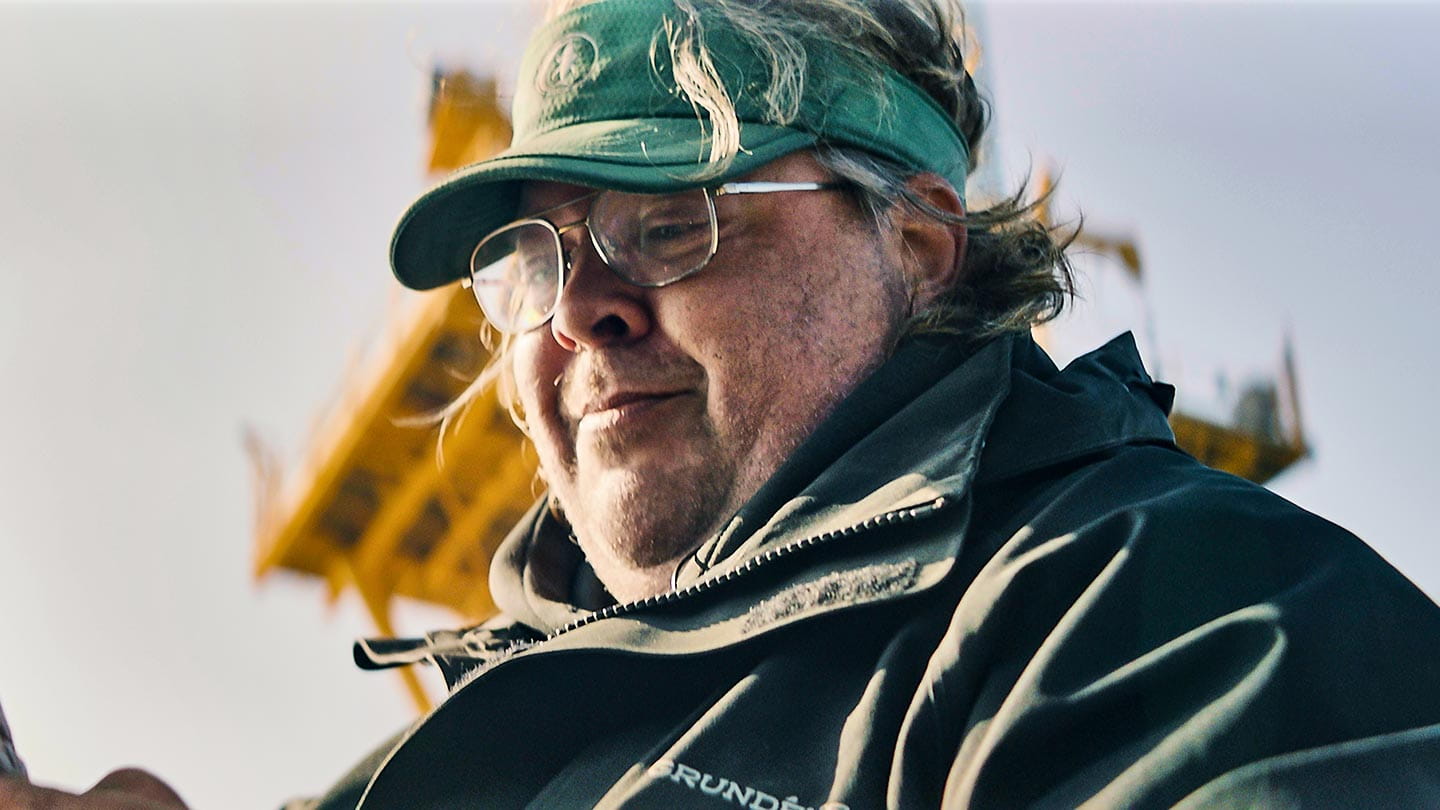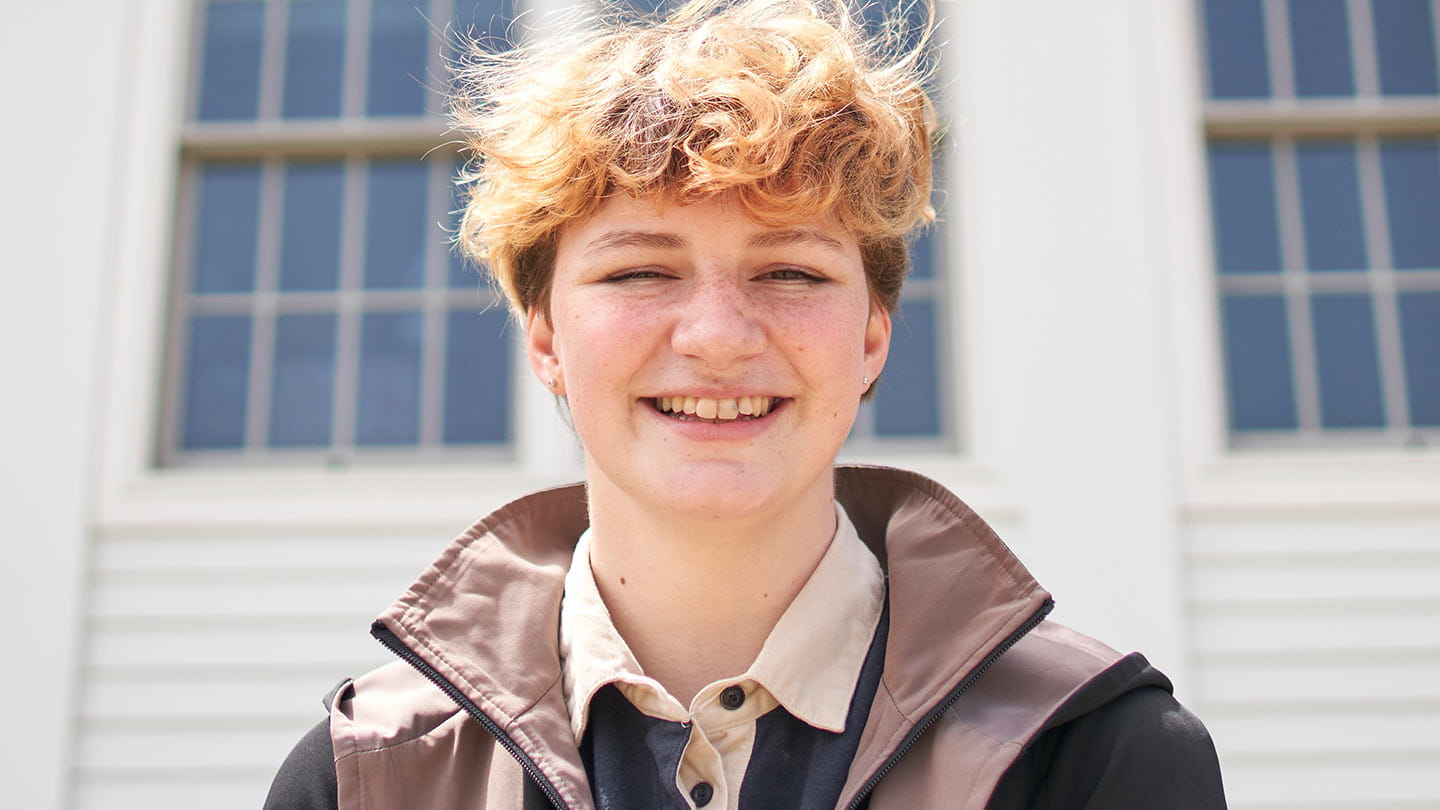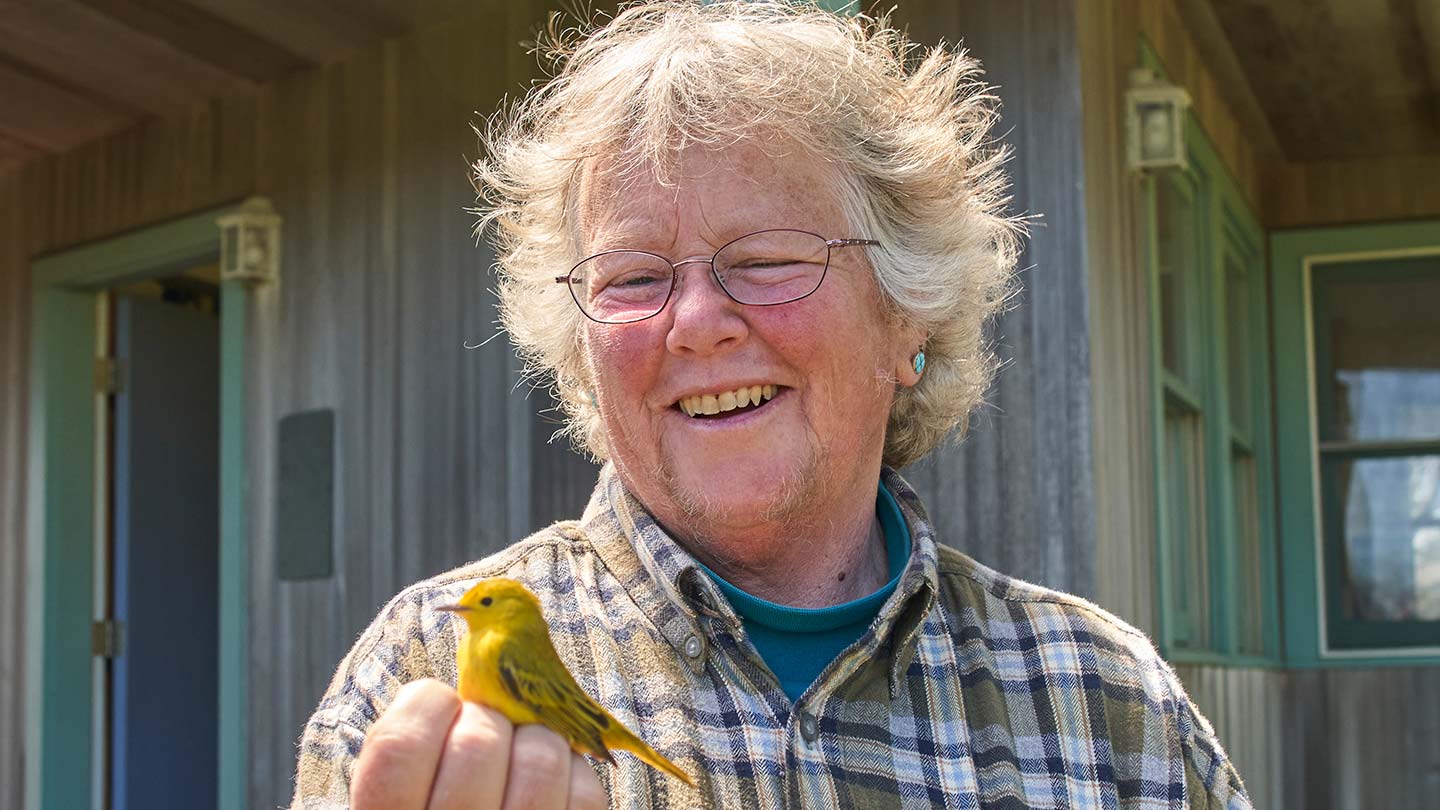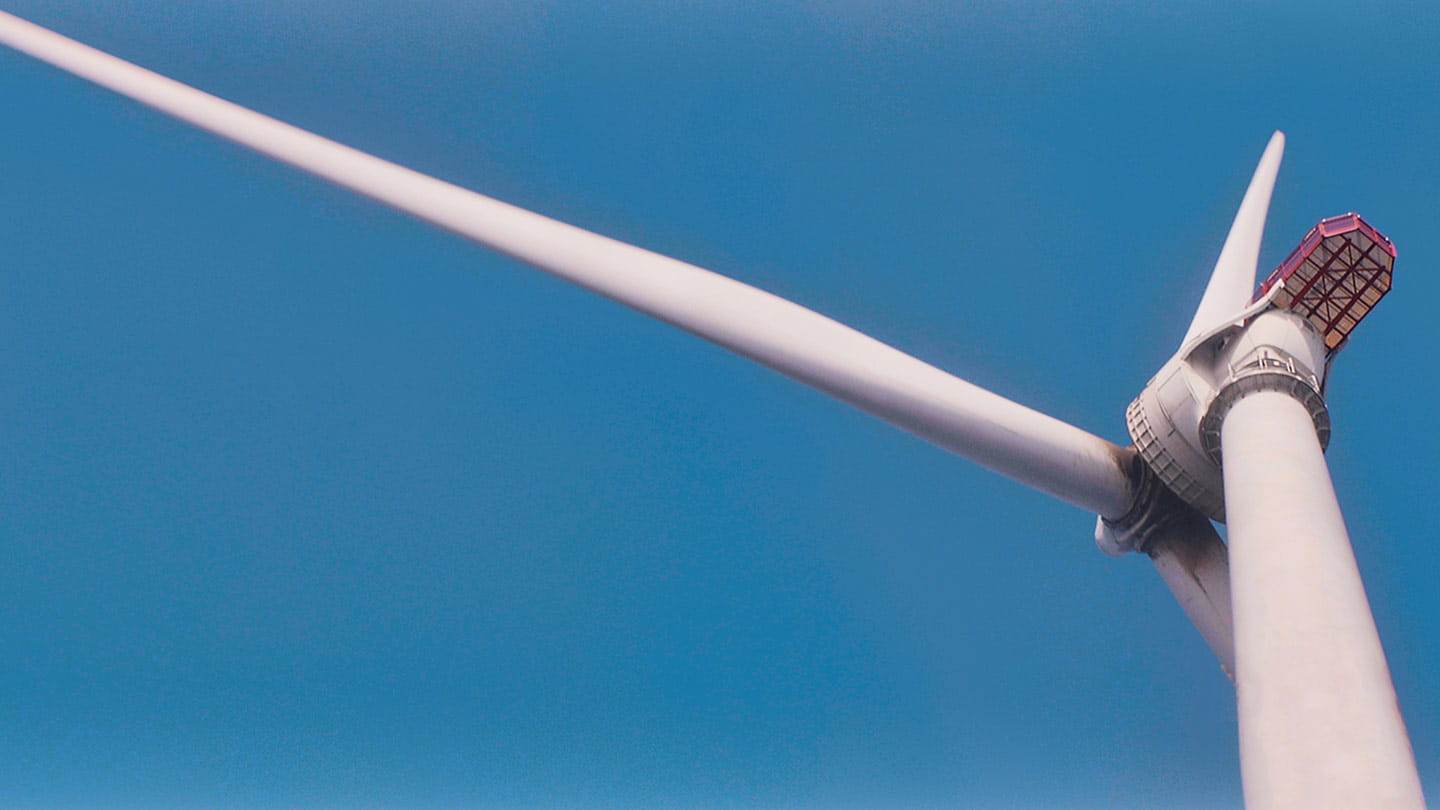Block Island’s only science teacher is nurturing the next generation of environmental stewards.
You don’t have to see Block Island to understand that there’s something special about the place. It’s in the air. It’s in the sand beneath your feet. It’s in the sound of the bell buoys, the sound of the surf crashing on the rocks. It’s in that precious two weeks in August when you go out and pick blackberries.
Folks coming here for the first time are enchanted by the place. They can’t quite put their finger on it, but they keep coming back until it becomes a touchstone of their existence. Some folks come out here and immediately want to buy a piece of it. But most people just want the experience. That’s something worth protecting, so our children can experience it too.
We have a strong environmental ethos on Block Island, with more than half the island in permanent conservation. None of us own Block Island but we all share a responsibility to respect the land, avoid damaging this treasure, and mend damage that we have been responsible for creating in the past. We have wonderful people like my old childhood friend Kim Gaffett, who’s instrumental in teaching kids about the birds and how they migrate, taking people out on nature walks. She’s been a tireless advocate for environmental education here on the island.
That ethos means the wind farm was a good fit for our community. Of all the different environmental projects we’ve done, turning off those five diesel generators and trading them for five offshore wind turbines was an amazing feat – and to do it in a way that included everyone who had a stake in it.
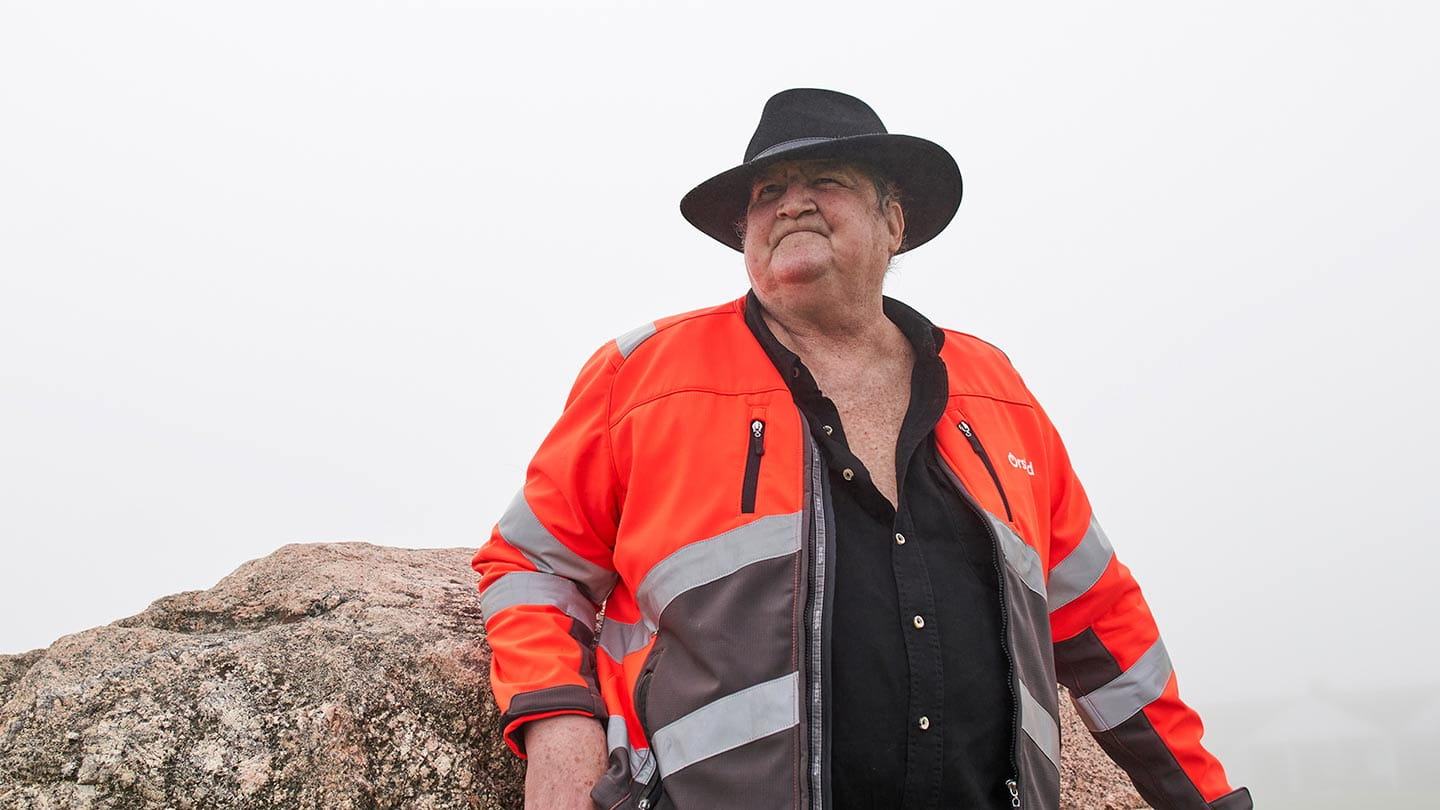
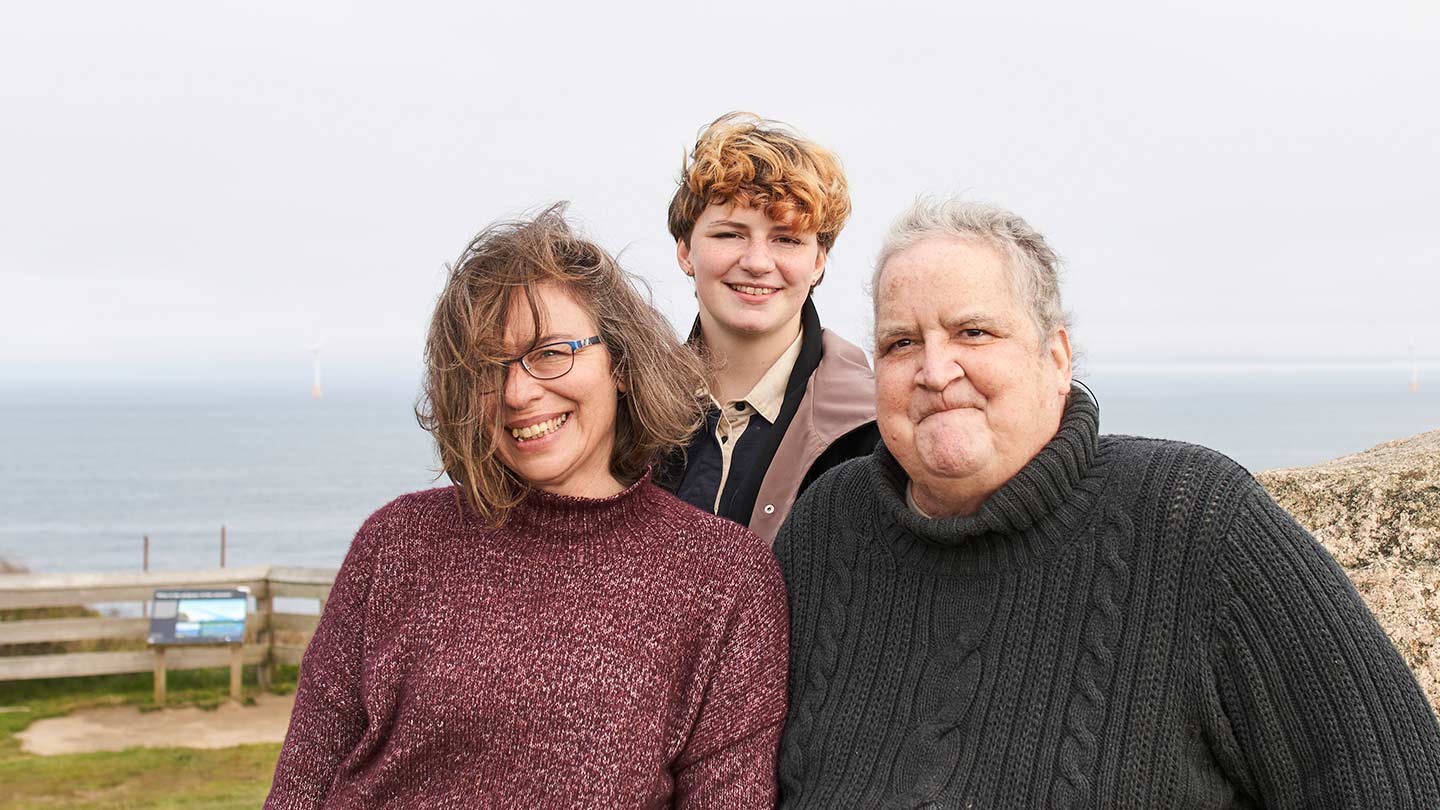
“
Of all the different environmental projects we’ve done, turning off those five diesel generators and trading them for five offshore wind turbines was an amazing feat.
— Bryan Wilson
Of course, people had their concerns, about the impact it would have on tourism, birdlife, marine life and so on. Everyone here feels the need to protect the environment – the nitty-gritty is how we do it. But we engaged a wide range of people and had a healthy, civil discussion. People’s fears were addressed.
Kim’ll tell you there’s really no impact on the birds. And we haven’t seen any negative impact on tourism either. In fact, the first thing people ask when they get off the boat is where they can see the wind farm from. The best view is from Southeast Light. My friend, the manager there, teases me that people used to go there to see her lighthouse, but now they just want to see my wind farm. People never used to go and see those diesel generators huffing and puffing away.
And you have fishermen, like Hank Hewitt, who charter their boats for fishing trips and include a portion of the tour where they go out close to the wind turbines. Hank’ll also tell you there’s great fishing there because of the new habitat the structures create under the water, which is great for marine life.
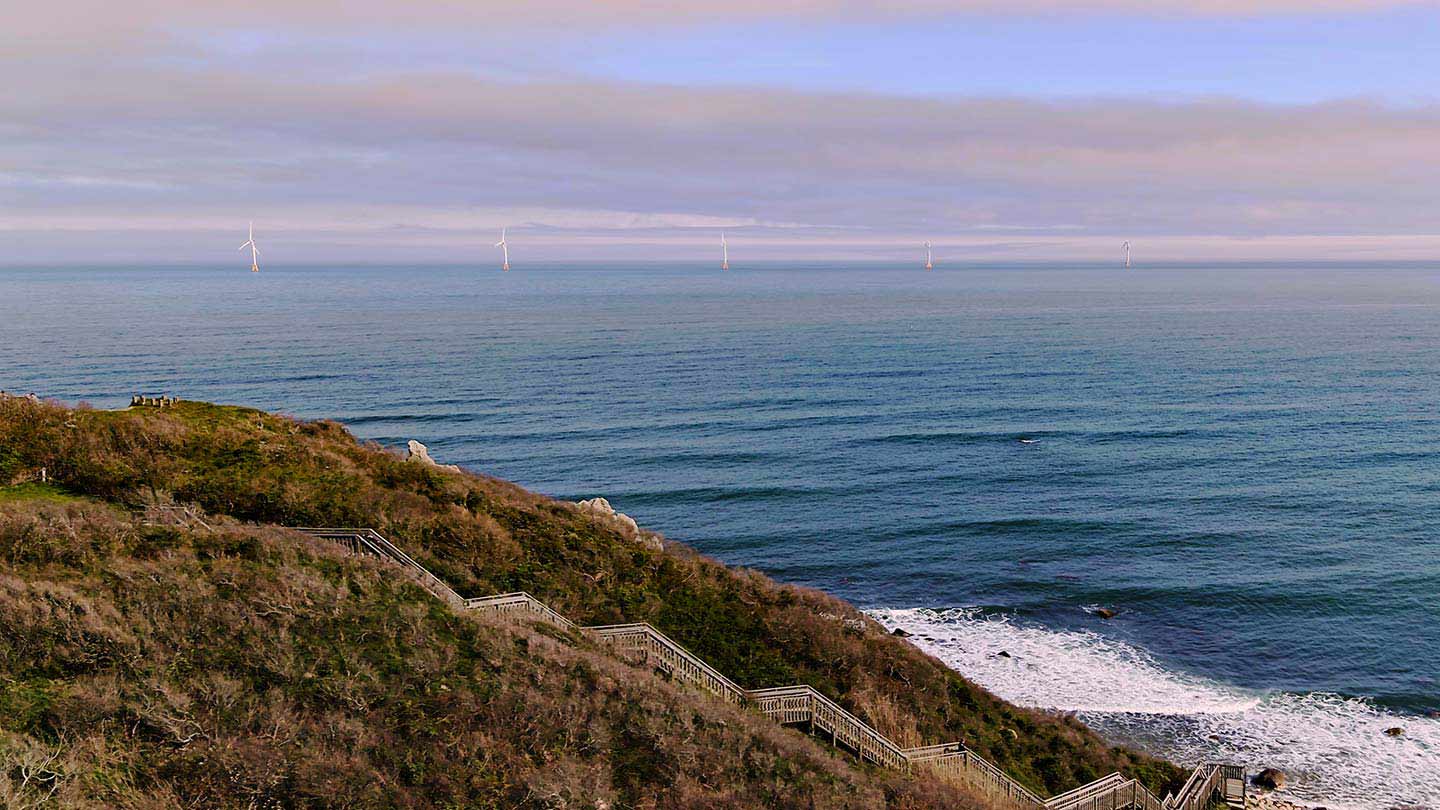
I really think growing up on the island teaches our kids, like my daughter Amira, to see the world through another set of eyes. Thanks to wonderful teachers like Sue Gibbons, and the proximity to nature, the environment becomes part and parcel of who our children are. The kids that graduate from Block Island School go on to be marine biologists, specialists in marine mammals, and so forth, because they’ve been exposed to actual seals and birds as part of their education and part of their lives.
My parents gave Block Island to me, bringing me and my siblings here in the summers and then buying the property which is where my house is now. It’s very important that I give Block Island to my children. The role I’ve played in bringing the wind farm to fruition is part of the legacy I leave to my family.
